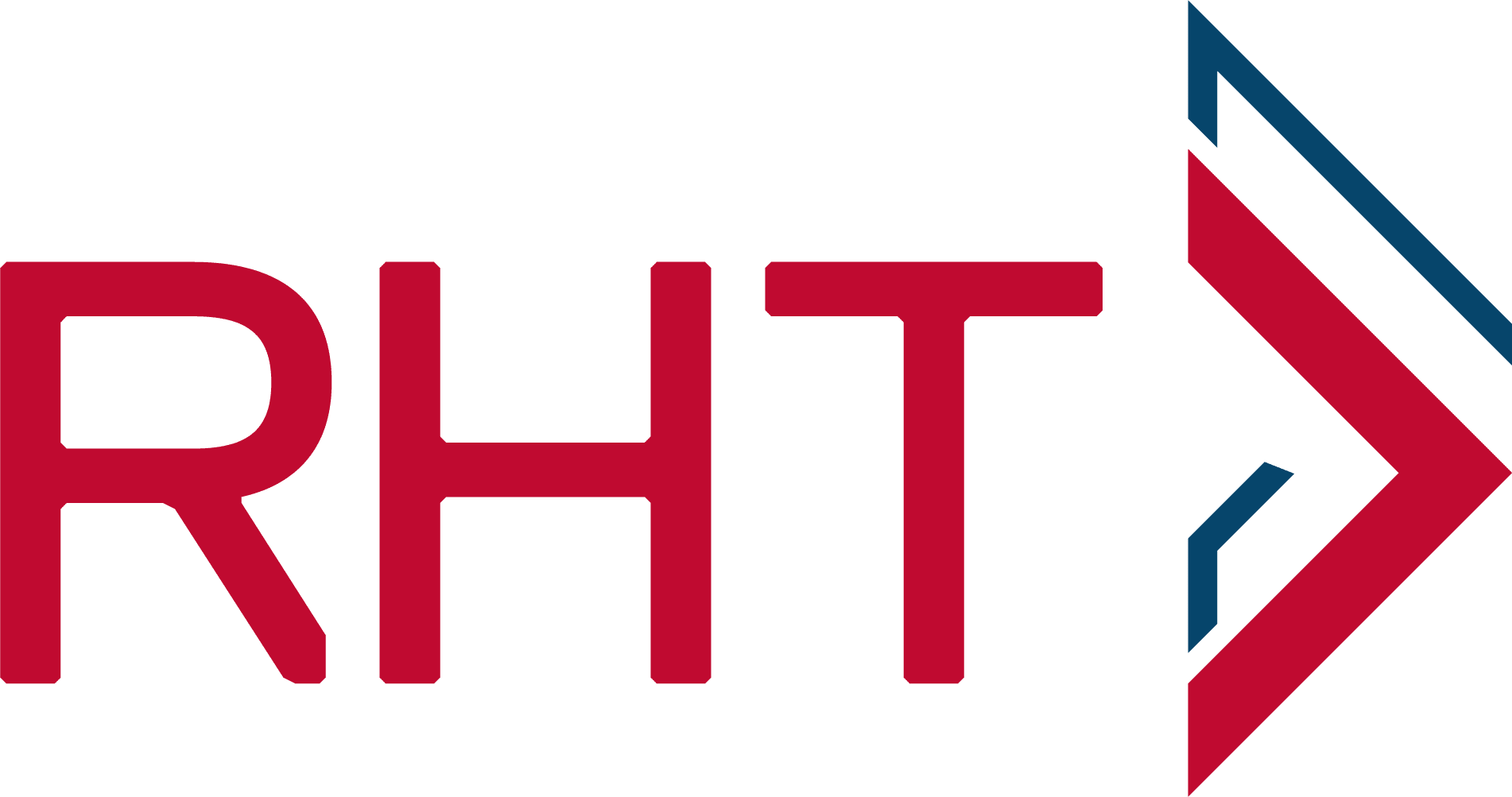
Over the past few months, we have covered quite a lot of ground in our series of articles which aim to assist leaders of organisations in starting their sustainability journey. (If you are reading this article for the first time, you can check out the preceding articles at this link: https://www.rhtgreen.com/articles/).
In these articles, we began by emphasising the importance for enterprises or organisations to review their mission to include a sustainability purpose which is aligned to their corporate values. We discussed a pathway where the organisation takes stock of their current position and where it desires “to be” in the long term (“the future state”) and examines what it takes to get there. We also provided tools to promote stakeholders’ engagement, buy-in, alignment and defined the process-oriented steps in the sustainability strategy.
The toughest and most difficult aspect of any sustainability plan or strategic transformation is in its execution or implementation. In this article, we try to distil this to a few practical ideas for leaders to rally their team, and provided the guidance through a simplified toolkit for them to articulate the strategic intents (the “logic”) to seamless execution (“asking their team where they can make the impact”). This predicates that the assumptions and data around the sustainability strategy have been verified, and the leaders have a sound understanding of their customers, competitors or competencies and hence identified how they could close these “gaps”, and have alignment with their team.
Currently, many CEOs and leaders find the slow pace of sustainability transformation challenging. Though some see their competitors capture new opportunities using sustainable business model reinvention, they generally struggle to create enough urgency in their own organisation. Additionally, many leaders do not completely understand the business case or implications of implementing a sustainability or ESG strategy; they struggle to collaborate with their cross-functional peers to create new efficiencies, new value and new ways to engage stakeholders in order for the sustainability transformation to truly create positive environmental and social impact as a competitive advantage.
To successfully drive sustainability transformation within their organisations, leaders should collaborate with their cross-functional peers – including marketing, sales, product development, legal and finance to:
- Formulate a clearly defined sustainability-focused Enterprise Business Strategy by understanding each other’s perspectives of sustainability.
- Construct well-defined ESG key performance indicators (KPIs) for different functions to align an organisation’s sustainability priorities with function’s goals.
- Build the talent pipeline that helps attract and retain the desired talent suitable to enable and sustain progress.
- Foster a culture of continuous learning by investing funds for training as a standard budget item, which will not be affected when the organisation reduces costs.
Leaders must support their direct reports and teams in executing the sustainability transformation through
Walking the Talk
Executive leaders should have conversations with their direct reports around the “why” of sustainability transformation to instill comfort, control and confidence. Employees want to know whether they will be relevant amidst all the changes that comes with the sustainable business model innovation and what they should do to stay relevant.
Leaders should model their behaviors and actions that inspire their teams to act not just for profits but purpose as well. This could include making the office a home for sustainability practices where the 5 Rs (reduce, reuse, recycle, repurpose, and reimagine) are put into use. Drive accountability for sustainability by linking compensation to sustainability performance and providing awareness and education on topics like climate change, the circular economy, and the UN SDGs.
Empowerment
Leaders must empower their direct reports to drive sustainability transformation, and must avoid the following three landmines to scale their team for success:
- Beliefs. They should not assume that others know what they know. Leaders should have a conversation with their direct reports to understand where others are in their journey to change and adapt to the sustainability economy.
- Status. When direct reports ask clarifying questions and situational questions, they are not challenging their leaders. Rather, they are trying to come to terms with the crossing of traditional territorial boundaries that sustainability initiatives require. Leaders should be sensitive to lines that are being crossed and focus everyone on how the whole team wins when the sustainability transformation succeeds.
- Control. Executive leaders should not strive to be the sole owners of the sustainability transformation story and interpretations or the narratives of the future. They should let their direct reports inhabit the new roles they must play and bring them to life.
Engagement
Leaders must continuously
- Communicate the organisation’s sustainability mission and its vision for a better world.
- Encourage them to network and build connections outside their regular circles.
- Design a roadmap that frees them from their routine or “business as usual” tasks and positions them to create the sustainability ecosystem that fosters partnerships which the organisation requires for business growth.
Tool: The final checklist to check your execution readiness
Clear Direction
- Are there any additional activities needed to make the sustainability transformation case more compelling and ensure that stakeholders have a shared vision of where the organisation’s sustainability mission and strategies?
Sponsorship
- Are there any additional activities necessary to build sponsor skills so that leaders can adequately perform their role?
- Are there specific activities planned that will help transfer sponsorship duties to management/line supervisors to enable them to sustain the change?
Communication
- Do communication activities span a range of one and two-way communication methods?
- Do activities cover communication at all levels of the organisation?
Engagement
- Do activities ensure that all department/function(s) impacted by the sustainability transformation will be engaged throughout the implementation period by their manager/supervisor?
- Are there specific activities for managers to build empathy prior to engagement in order to knock down barriers?
Shaping/Reinforcement and Competency Development
- Do shaping plans exist for each key individual, team, and functional group?
- Have antecedents and consequences for stakeholders been identified along with the appropriate antecedent/consequence provider?
Measurement
- Do implementation activities clearly stipulate how progress and ultimate success will be measured?
- Are incremental targets specified at particular time intervals?
- Are reinforcement activities linked with your measurement activities?
Planning and Modifications
- Have you built in activities specifically designed to feed early results back into your planning process and sustainability journey to modify plans appropriately?
- If you have not validated your implementation plan by those impacted by the sustainability transformation, do you have activities scheduled to do that shortly?
Toolkit #1: Populate an end-to-end “visual map” to ensure strategic alignment of Sustainability Mission to action plans and resource allocation so as to achieve the desired outcomes

Tool #2: Illustrate visually all the strategic linkages with KPIs linked to successful implementation

Tool #3: Be Conscious of the Execution Gap: That translating the Sustainability Mission into actionable operational terms is not “lost”



